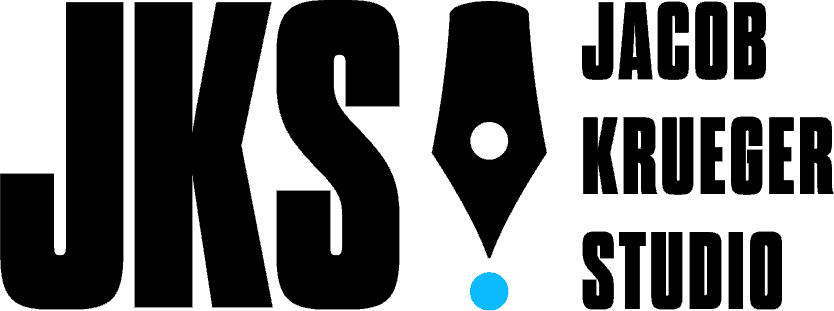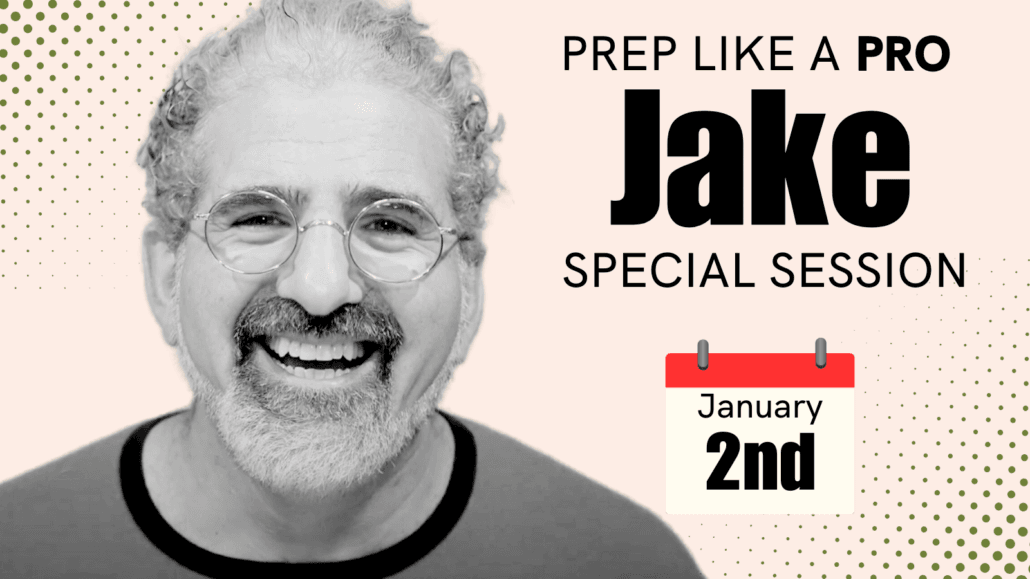[spb_text_block pb_margin_bottom=”no” pb_border_bottom=”no” width=”1/1″ el_position=”first last”]
Is Your Rewrite a Big Pain In The… Back?
By Jacob Krueger
[/spb_text_block] [divider type=”thin” text=”Go to top” full_width=”no” width=”1/1″ el_position=”first last”] [spb_text_block pb_margin_bottom=”no” pb_border_bottom=”no” width=”1/1″ el_position=”first last”]
(Things To Learn About Rewriting From a Truly Great Massage)
You know the spot. That aching ball of tension in that one spot on your back that no massage therapist can ever seem to reach. (For me it’s a rock hard curse of muscular agony just below my left shoulder blade). I’ve had people hammering away on that spot for the last ten years with no little to no result.
But a few days ago, after a special Zero Balancing Massage here at the retreat from our private massage therapist, Donna Bouthelier, I found myself laying blissed out on a hammock, without a single hint of tension in my back. While Donna was performing her life-changing little “rewrite” on my spine, I couldn’t help but think about how similar the approach of a great massage therapist was to that of a successful screenwriter working on a rewrite.
Every screenplay also has that one, especially troublesome spot.
And relieving the agony for ourselves as writers often requires looking at it from a different perspective. Donna released that throbbing bane of my resistance not by pounding away on the spot as so many other massage therapists had done, but by letting that spot be for a moment, and focusing instead on the alignment of other parts of my body.
It’s amazing to learn that a slight adjustment in your hip can relieve a decade’s worth of pressure in your back. But in a way, this is a secret that many of the most successful screenwriters have known for years.
Sometimes “the spot” where you feel the pain is different from the spot from which the pain is actually originating.
Often as writers, we get obsessed with the spot in our screenplay. Beating on it, kneading it, stretching it, rewriting and rewriting again and again trying to relieve that nagging ache of a scene that just doesn’t work. And often, just like that spot on my back, we find the more we work on it, the tighter the muscles seem to get, the less inspired the scene seems to be, the further away from our intentions we seem to be getting, and the more agony it all seems to be causing us.
Every element in your script is connected, through a complex structural musculature that is sometimes hard to see until you start moving things around and exploring the way they relate to each other. The tiniest change to one element in your movie can sometimes completely change the value of everything that comes after it. Which means that sometimes the only way relieve the pain of that spot in your script is by playing around with the elements around it.
The tiniest change to one element in your movie can sometimes completely change the value of everything that comes after it. Which means that sometimes the only way relieve the pain of that spot in your script is by playing around with the elements around it.
Resist your urge to fix the problem spots in your script, and instead free yourself up to explore the opportunities.
Have you ever noticed how often the answers to the greatest questions about your screenplay come to you in the shower? Your mind is focused on other things, and suddenly the heavens open up and the answer you’ve been looking for presents itself to you in a more inspiring way than you could ever have imagined.
Allowing your conscious mind to focus on other things actually frees your unconscious mind to give you the answers you’re seeking.
But finding enough trust to know that it’s all going to come together can be a challenge for all of us. Having an element in your script that you know is not working can be a tremendous source of discomfort. We’re left feeling desperate to relieve the pain, and frantically clutching at any answer that could possibly take that discomfort away. Rather than inspiring our creativity, we rush for solutions. Rather than finding the most exiting answers for our screenplay, we find the most expedient ones. And rather than taking ourselves and our characters on a journey of discovery, we end up covering our best writing with uninspiring band-aids.
What’s the one thing you want to focus on in your rewrite?
 When you finally let go of the anxiety of not knowing the answer, and the obsession with fixing that terrible spot, and allow yourself to just let it be for a moment, you can turn your biggest problems into a source of inspiration. In writing, as in life, you’re going to see whatever you focus on. If you put all your focus on the problems, pretty soon that’s all you’re going to see. If you’re going to actually solve those problems, you’re going to have to get yourself into a creative state, where writing is fun, solutions are plentiful and even the wildest ideas are welcome.
When you finally let go of the anxiety of not knowing the answer, and the obsession with fixing that terrible spot, and allow yourself to just let it be for a moment, you can turn your biggest problems into a source of inspiration. In writing, as in life, you’re going to see whatever you focus on. If you put all your focus on the problems, pretty soon that’s all you’re going to see. If you’re going to actually solve those problems, you’re going to have to get yourself into a creative state, where writing is fun, solutions are plentiful and even the wildest ideas are welcome.
That means focusing not on what’s wrong, but on what’s right. Looking for the opportunities to build upon the good stuff in your script, rather than wrestling with the bad.
So next time some terrible spot in your screenplay is driving you crazy, see what happens if you choose to stop trying to fix it, and put your focus, just for a little while, on something that would be fun to play with in your script.
Maybe there’s another scene you’re dying to write. Maybe there’s an image that came to you in your sleep, or a line of dialogue that feels perfect for your character. Maybe you just want to play around with tone, or even just focus on your formatting for awhile. Or maybe there’s something you’d like to explore for your character or your structure for awhile. Put your focus there for awhile, and you might be surprised to find that suddenly an answer comes to you. In fact, you may even find, as so many great writers do, that with some little tweak to another element in your screenplay, that troublesome spot you were so worried about suddenly turns into the best thing in your script.
[/spb_text_block]



